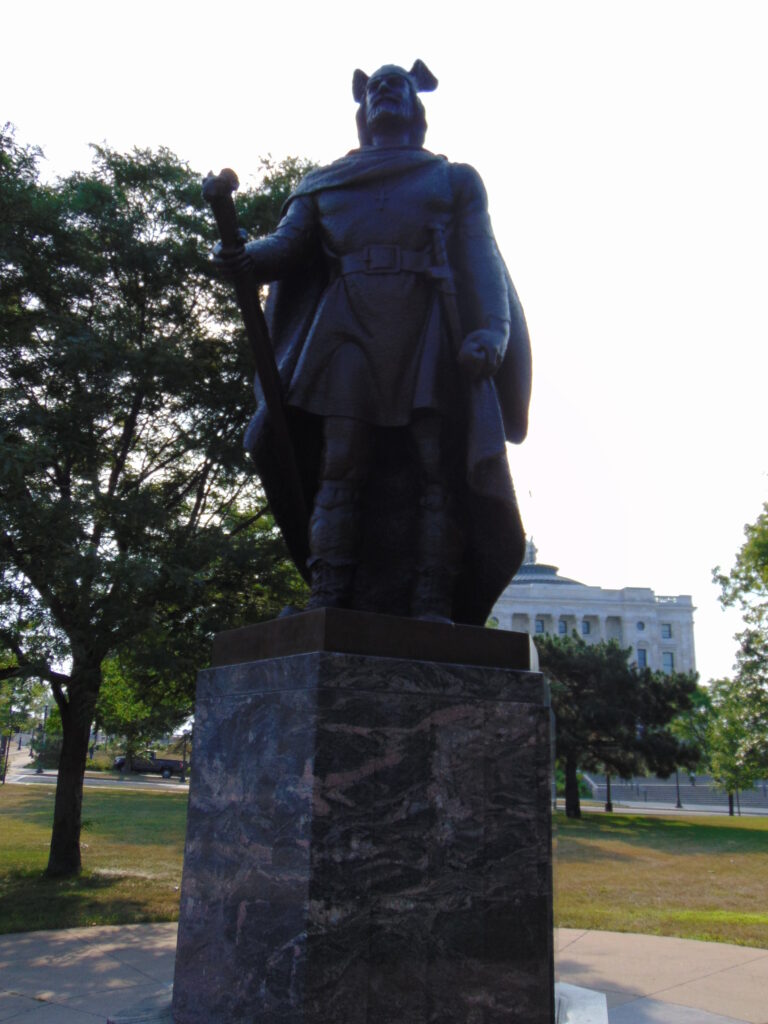In the first printed book on metallurgy, the Pirotechnia, Vannoccio Biringuccio describes a process for purifying iron used “outside Christendom”:
They say that the file it, knead it with a certain meal, make little cakes of it, and feed these to geese. They collect the dung of these geese when they wish, shrink it with fire, and convert it into steel. I do not much believe this.
Biringuccio [1540], 70
Biringuccio’s skepticism sounds quite reasonable, but the same process is described in Þiðreks saga af Bern (The Saga of Didrik of Bern). Weland (also called Wayland, a smith well known in Germanic mythology) uses it to produce a very special sword:
Weland went to the smithy. He broke the sword into pieces, then filed it as finely as he could and mixed it with flour. Then he took geese and starved them for three days and then gave it to them to eat. He cleaned their droppings, and took the steel that the geese had not digested and beat it together and made a sword that was much smaller than the last one.
Cumpstey 2017, 50
Cumpstey’s translation is based on the Swedish version found in a manuscript from around 1500—pretty close to Biringuccio’s time. There’s also an Old Norse version that was written down in the 13th century (Cumpstey 2017, viii). It tells the same story:
Nv tekr hann svartit oc blandar við miol. oc þa tekr hann alifugla oc sveltir þria daga oc þa tecr hann miolet oc gefr fvglonvm at eta. þa tecr hann savr fvglana oc lætr coma i afl oc fellir oc vellr nv or iarnino alt þat er deigt var i. Oc þar af gerir hann eitt sverð och er þetta minn en hit fyRra.
Bertelsen 1905, 98–99
Does this have implications for early metal-bladed skates? I doubt such a complex process was considered necessary. The earliest metal-bladed skates were relatively small, which suggests to me that they followed bone skates in being primarily for children. Weland’s sword is an amazing one.
I wonder if Þiðreks saga is where Biringuccio got the idea from.
References
Henrik Bertelsen. 1905. Þiðriks saga af Bern. Vol. 1. Copenhagen: S. L. Møllers bogtrykkeri.
Vannoccio Biringuccio. 1966 (1540). Pirotechnia. Cambridge, MA: MIT Press.
Iam Cumpstey, trans. 2017. The Saga of Didrik of Bern. Cumbria: Skadi Press.


